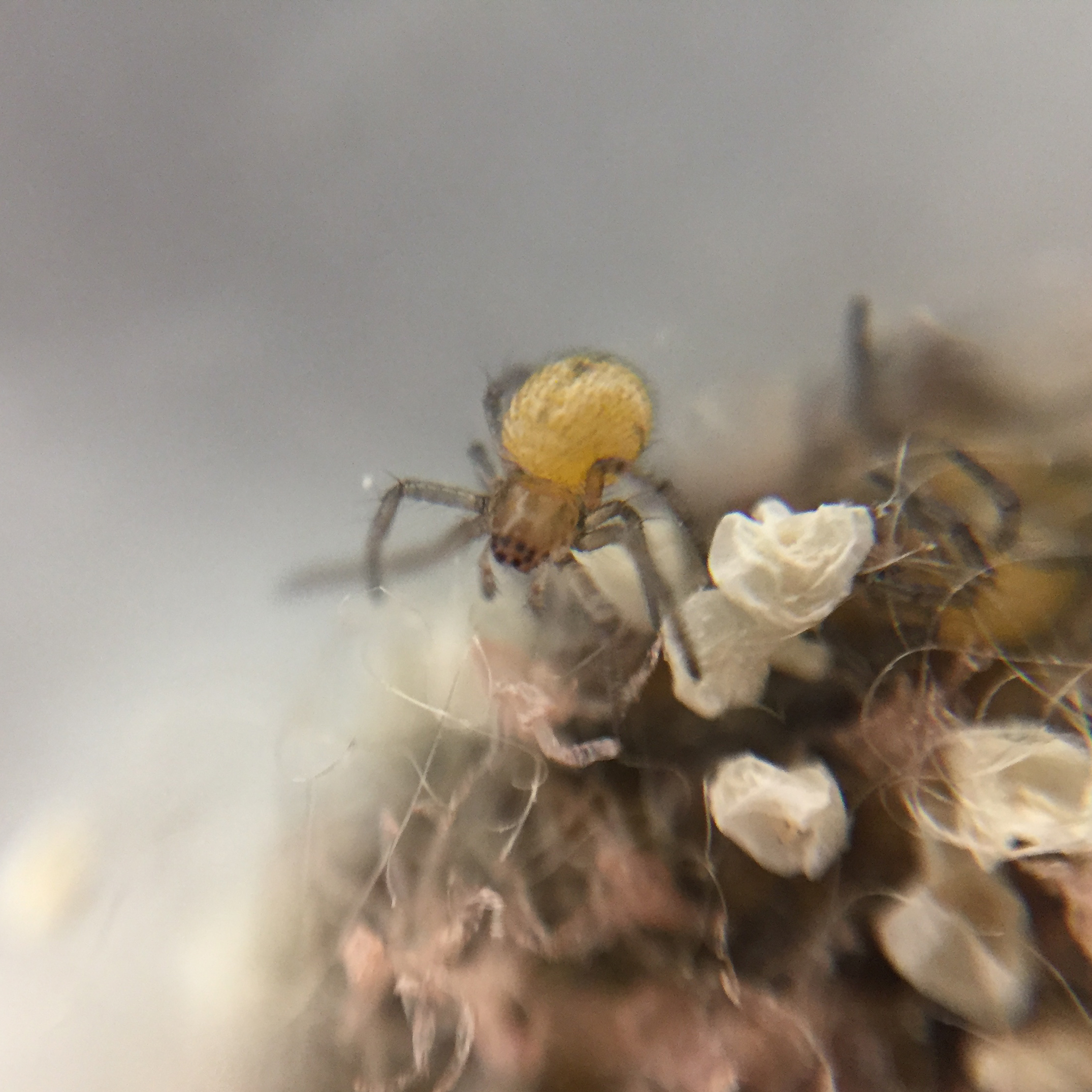Aspirational Projects
Spider Genomics
Spiders are an amazing species, most notably for producing biomaterials that have some of the most unique and diverse biophysical properties of materials found in nature. Our previous work focused on the genomic assembly and silk-gene characterization of two species of spiders: the Golden-Orb weaver Trichonephila clavipes, one of the most well-studies arachnids for silk biology, and Caerostris darwini, a species native to Madagascar infamous for its extremely tough draglines used in the webs that it builds over riverways there for predation.
We remain interested in characterizing these (and other) related spider species, as sequencing technologies develop and advance. For example, some project directions could include creating a more ‘complete’ Telomere-to-Telomere genome, collecting population genetic data to characterize demographic history, variation in mutation rates, and detecting signature of natural selection, or using advances sequencing technologies to characterize transcript expression in silk glands at single-cell and/or at spatial resolution.
Computational Prediction of Molecular Docking
A great deal of effort in human genetics is focused on solving the “variant-to-gene” mapping problem; namely, identifying what gene at a given locus is causal for the phenotype/disease that is associated with regional variation. However, once a leading gene has been identified and proven to be implicated in disease beyond a reasonable doubt (typically with functional data from cell or animal model systems data), it is natural to ask if the protein product of that gene can be perturbed with a small molecule to obtain a therapeutic effect. While this direction of experimental effort is often considered an affair for the private sector, development of ‘tool’ small molecules, precursors for true therapeutics that demonstrate potential effect, is still a risky proposition. Moreover, biochemical perturbation of gene targets that are consistent with the observed human genetics phenotypic data provides another line of evidence for gene relevance, even if the target is not fully actionable.
While a substantial computational task, if sufficiently high-resolution protein structures for a target exists, there are tools that can model the proclivity of a small molecule to ‘dock’ with the surface of that structure. We are interested in identifying targets of opportunity, namely, for cardiometabolic traits of lab interest where we have implicated a gene beyond reasonable doubt, to determine which (if any) of those targets are amenable to computational docking experiments. Screening millions of compounds takes computational time, so we are also interested in developing computationally efficient pipelines to take this task on at scale.
